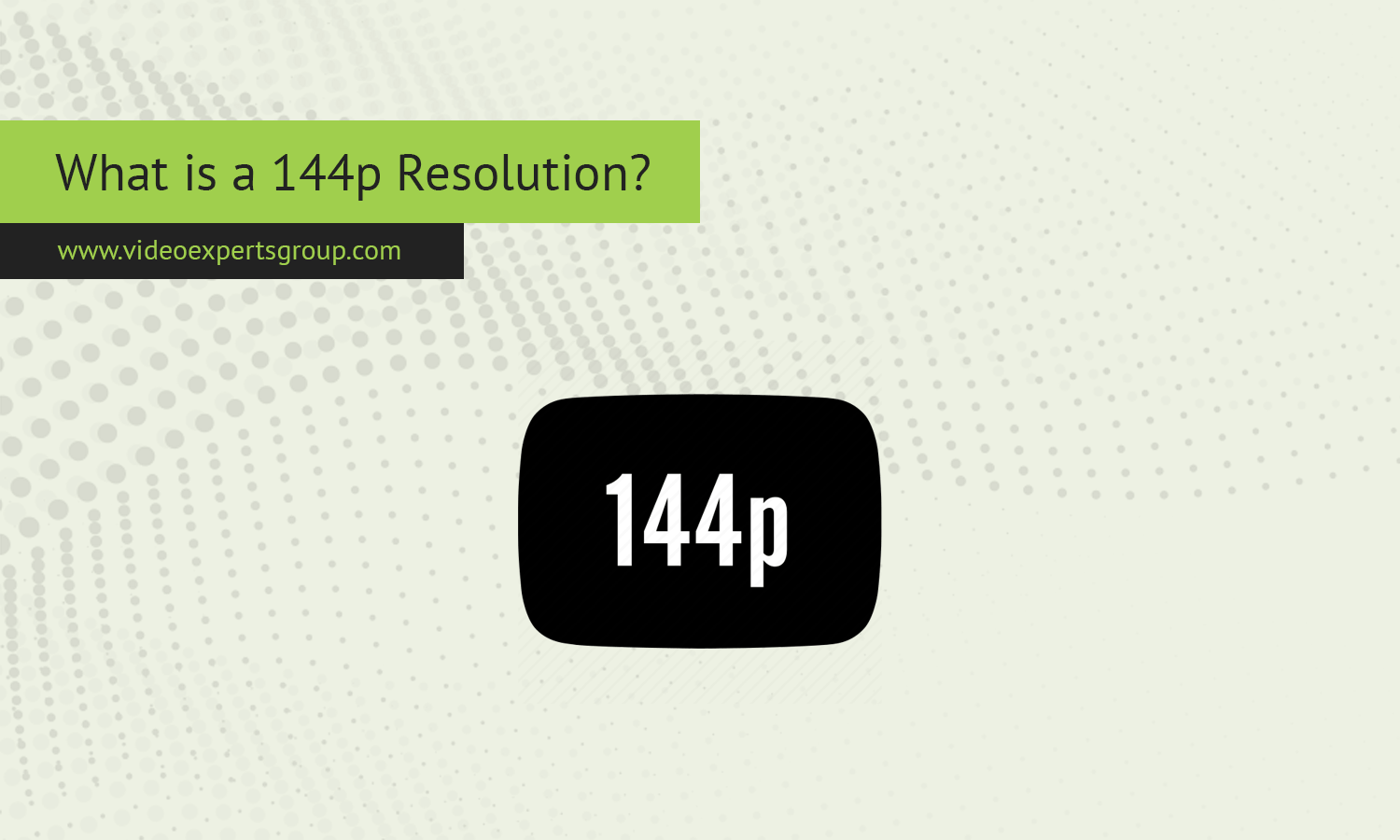Resolution plays a critical role in defining the quality of an image or video. Among the various resolution standards available today, 144p is the lowest commonly used video resolution. While it may not offer high-definition clarity, it serves specific purposes in limited bandwidth environments and for certain niche applications.
Meaning
144p resolution refers to a video or image frame that measures 256 pixels in width and 144 pixels in height. This resolution falls under the standard definition (SD) category and is often considered the baseline for video quality.
The "p" in 144p stands for "progressive scan," indicating that the video is displayed line by line sequentially, as opposed to interlaced scanning. Progressive scanning provides smoother playback and avoids flickering, even at lower resolutions.
With its small frame size, 144p is ideal for scenarios where saving bandwidth is crucial. For instance, it is commonly used for low-quality video streaming on slower internet connections or on older mobile devices.
144p vs. 240p
When comparing 144p and 240p resolutions, the differences are primarily in image clarity and file size:
- Resolution:
- 144p: 256 x 144 pixels (36,864 total pixels).
- 240p: 426 x 240 pixels (102,240 total pixels).
The jump from 144p to 240p provides a significant increase in pixel count, resulting in sharper images and better detail.
- File Size:
Videos in 240p are larger in file size compared to 144p, requiring more storage and bandwidth. This makes 144p better suited for minimal data usage. - Quality:
- 144p offers basic visibility, primarily for text or rudimentary graphics, but struggles with finer details.
- 240p is still a low resolution but provides clearer visuals, making it slightly more comfortable to view on larger screens.
- Use Cases:
- 144p: Ideal for extremely low bandwidth connections and scenarios where clarity is secondary to accessibility.
- 240p: More appropriate for basic video playback on small screens with limited internet speeds.
What is a 144p Camera?
A 144p security camera is a low-resolution surveillance device designed for scenarios where high-definition video is unnecessary or impractical. These cameras capture video with a resolution of 144 pixels in height, which limits their ability to capture fine details like facial features or text.
Key Features:
- Low Bandwidth Requirements:
144p security cameras consume minimal network resources, making them suitable for remote or low-speed internet setups. - Cost-Effective:
These cameras are often cheaper compared to higher-resolution models, making them a budget-friendly option for basic monitoring. - Limited Clarity:
While useful for detecting motion or monitoring large-scale activity, the low resolution makes it difficult to identify small objects or individuals.
Applications:
- Monitoring large spaces where fine detail is unnecessary, such as warehouses or parking lots.
- Temporary surveillance setups in areas with limited connectivity.
FAQ
Although 144p is a low-resolution standard, it remains relevant in contexts where bandwidth, storage, or cost constraints are the priority. While it is not suitable for applications requiring fine detail, it offers accessibility for users and scenarios that prioritize functionality over quality. Whether for basic video playback or low-priority security surveillance, 144p continues to serve its niche effectively.
















